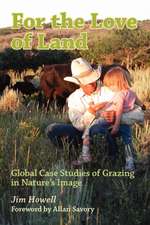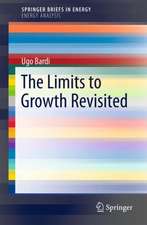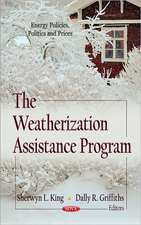Urban residential location models: Studies in Applied Regional Science, cartea 13
Autor S.H. Putmanen Limba Engleză Hardback – 31 mai 1979
| Toate formatele și edițiile | Preț | Express |
|---|---|---|
| Paperback (1) | 635.15 lei 6-8 săpt. | |
| SPRINGER NETHERLANDS – 12 oct 2011 | 635.15 lei 6-8 săpt. | |
| Hardback (1) | 642.03 lei 6-8 săpt. | |
| SPRINGER NETHERLANDS – 31 mai 1979 | 642.03 lei 6-8 săpt. |
Din seria Studies in Applied Regional Science
-
 Preț: 382.75 lei
Preț: 382.75 lei -
 Preț: 382.36 lei
Preț: 382.36 lei - 15%
 Preț: 636.45 lei
Preț: 636.45 lei -
 Preț: 378.71 lei
Preț: 378.71 lei -
 Preț: 378.34 lei
Preț: 378.34 lei - 15%
 Preț: 639.90 lei
Preț: 639.90 lei - 15%
 Preț: 643.99 lei
Preț: 643.99 lei - 18%
 Preț: 947.04 lei
Preț: 947.04 lei - 15%
 Preț: 644.49 lei
Preț: 644.49 lei -
 Preț: 382.75 lei
Preț: 382.75 lei -
 Preț: 380.07 lei
Preț: 380.07 lei -
 Preț: 381.21 lei
Preț: 381.21 lei -
 Preț: 358.56 lei
Preț: 358.56 lei - 15%
 Preț: 645.60 lei
Preț: 645.60 lei -
 Preț: 376.80 lei
Preț: 376.80 lei -
 Preț: 378.92 lei
Preț: 378.92 lei -
 Preț: 381.00 lei
Preț: 381.00 lei -
 Preț: 378.34 lei
Preț: 378.34 lei -
 Preț: 379.48 lei
Preț: 379.48 lei - 15%
 Preț: 633.53 lei
Preț: 633.53 lei -
 Preț: 386.39 lei
Preț: 386.39 lei
Preț: 642.03 lei
Preț vechi: 755.33 lei
-15% Nou
Puncte Express: 963
Preț estimativ în valută:
122.85€ • 133.87$ • 103.52£
122.85€ • 133.87$ • 103.52£
Carte tipărită la comandă
Livrare economică 23 aprilie-07 mai
Preluare comenzi: 021 569.72.76
Specificații
ISBN-13: 9780898380118
ISBN-10: 0898380111
Pagini: 169
Ilustrații: VIII, 169 p.
Dimensiuni: 156 x 234 x 17 mm
Greutate: 0.46 kg
Ediția:1979
Editura: SPRINGER NETHERLANDS
Colecția Springer
Seria Studies in Applied Regional Science
Locul publicării:Dordrecht, Netherlands
ISBN-10: 0898380111
Pagini: 169
Ilustrații: VIII, 169 p.
Dimensiuni: 156 x 234 x 17 mm
Greutate: 0.46 kg
Ediția:1979
Editura: SPRINGER NETHERLANDS
Colecția Springer
Seria Studies in Applied Regional Science
Locul publicării:Dordrecht, Netherlands
Public țintă
ResearchCuprins
1. Introduction.- 1.1. Introduction.- 1.2. A historical note.- 1.3. The premise.- 1.4. Classifying residence location models.- 2. Empiric model applications.- 2.1. Introduction.- 2.2. Prototype development of statistical land-use prediction model for greater Boston region.- 2.3. Final report: development and calibration of the empiric land use forecasting model for 626 traffic zones.- 2.4. Laboratory testing of predictive land use models: some comparisons.- 2.5. Estimation of a growth allocation model for northwest England.- 2.6. The construction of an urban growth model.- 3. The evolution of Lowry derivative models.- 3.1. Introduction.- 3.2. Lowry derivative models.- 3.3. A test of some first generation residential land use models.- 3.4. A model of metropolis.- 3.5. The Lowry model heritage.- 3.6. A time-oriented metropolitan model for spatial location.- 3.7. Projective land use model — plum: theory and application (vol. 2).- 3.8. Jobs, people and land — bass.- 4. Miscellaneous other models.- 4.1. Introduction.- 4.2. Opportunity accessibility model for allocating regional growth.- 4.3. Some input refinements for a residential model.- 4.4. A producer model for residential growth.- 4.5. A model for the distribution of residential activity in urban areas.- 4.6. Linear programming and the projection of land uses.- 5. Summary and prospects.- 5.1. Introduction.- 5.2. The current state of affairs in modeling.- 5.3. Summing up.















